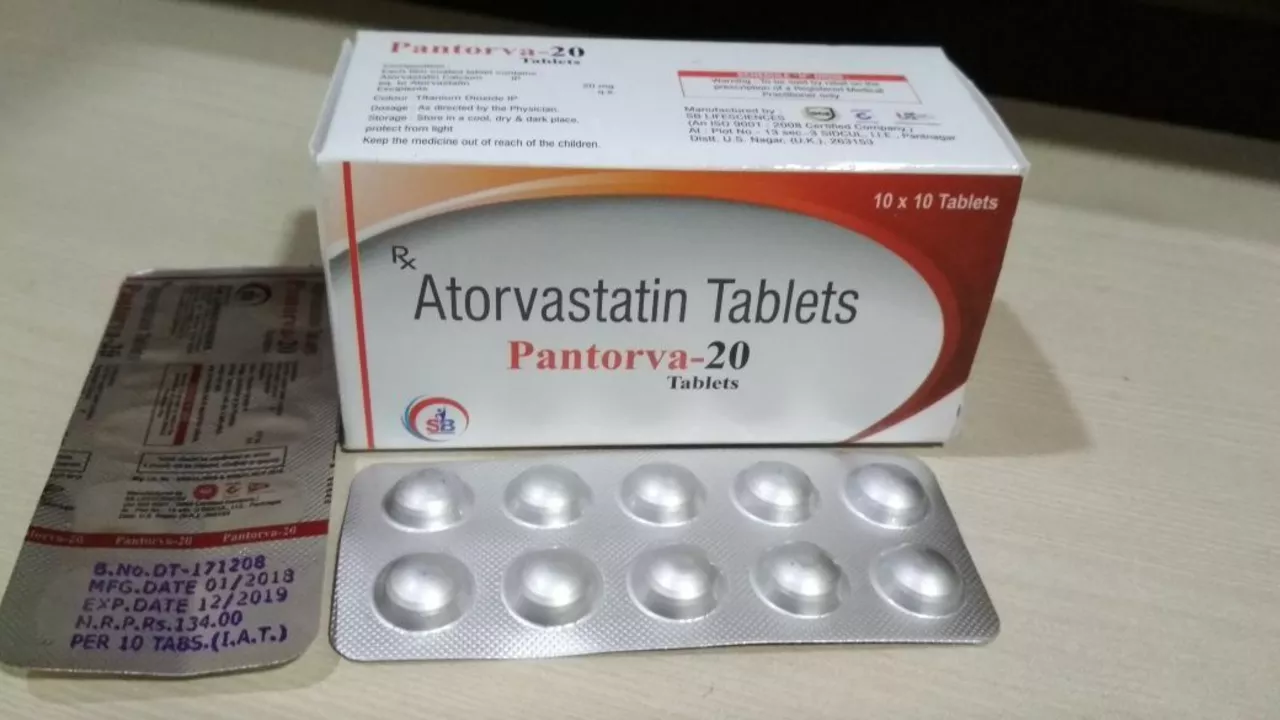Grapefruit and drug interactions: what to watch for
Grapefruit is tasty, but it can seriously change how some medicines work. The fruit (and its juice) blocks an enzyme in your gut called CYP3A4. That can raise blood levels of certain drugs — sometimes enough to cause side effects or even toxicity. You don’t need to panic, but you should know which meds are risky and what to do about it.
Which medicines are affected
Not every drug reacts with grapefruit. The ones that do often rely on CYP3A4 for breakdown. Common examples to watch for include:
- Statins: simvastatin and lovastatin are classic problems; atorvastatin can be affected too in some people.
- Some blood pressure medicines: felodipine and nifedipine (certain calcium‑channel blockers).
- Certain sedatives and sleep meds: midazolam and triazolam.
- Immunosuppressants: cyclosporine, tacrolimus, sirolimus — these can reach dangerous levels.
- Other meds: some antiarrhythmics and a few psychiatric drugs may also be involved.
Even small amounts of grapefruit juice can cause an effect, and it’s not just juice — the whole fruit counts. The interaction can raise drug levels enough to cause muscle pain (with statins), extreme tiredness or low blood pressure (with BP meds), or impaired breathing and confusion (with sedatives).
Simple safety steps you can use today
Here’s a practical checklist you can follow right now:
- Read the patient leaflet. If it says “avoid grapefruit,” take that seriously.
- Ask your pharmacist or prescriber. They’ll know whether your specific drug is affected.
- If you’re unsure, skip grapefruit. Replace it with safer fruit like apples, pears, or berries.
- Don’t rely on timing tricks. Grapefruit’s effect can last 48–72 hours after you stop eating it, because the gut enzyme needs time to recover.
- Watch for warning signs: unexplained muscle pain, extreme dizziness, fainting, or breathlessness. If those happen, contact your doctor right away.
If you’re on a drug that can be monitored (for example, tacrolimus or some statins), your doctor might check blood levels or adjust the dose instead of banning grapefruit outright. For many people, avoiding grapefruit is the simplest and safest choice.
Want more detail? We cover related topics on HighStreetPharma: articles about atorvastatin, statin alternatives, and safe medication use that explain risks and real-world tips. If you’re ever unsure which foods interact with your meds, bring the drug packaging or a list to your next appointment — it makes the conversation quick and clear.
Small change, big payoff: skipping grapefruit can prevent a dangerous drug mix-up and keep your treatment working as it should.

